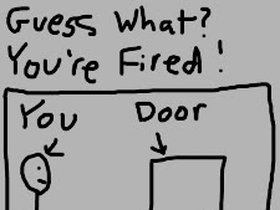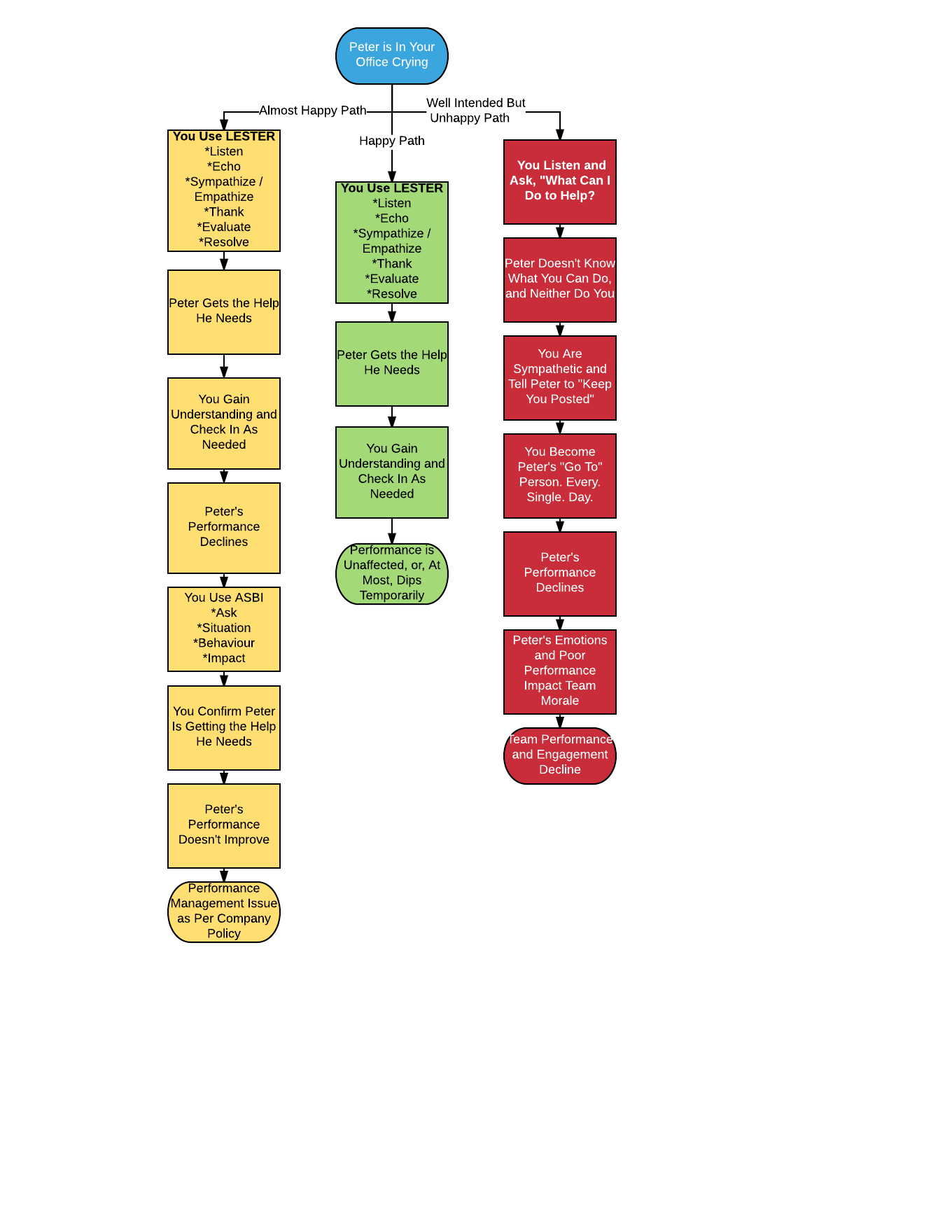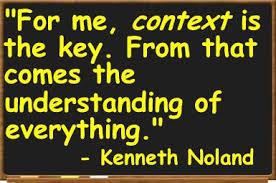Season Two, Episode Eight. Podcast recap! (And if you missed the podcast, you can find it here.)
Podcast Recap: Season 2, Episode 8, BONUS PODCAST
This week on the podcast, which is our special Holiday Bonus Podcast, we talk about how to be productive when the office is technically open, but mostly pretty dead.
Unless you are an essential services worker (and if you are, thank you!), or are super lucky and work for an organization that closes between Christmas and New Year’s, you have probably experienced working those days when MOST people are on vacation, but a skeleton staff remains.
It’s the worst.
You’re there because the organization has to keep the lights on and do the basics to make sure nothing horrible goes wrong, which it almost never does, but you know, just in case and all that.
What do you do? There’s no one to have meetings with. You can’t get anything approved to move forward. Your desk is out in the open, so watching a movie or playing Candy Crush is unwise.
What Do You Do?
P-O-U-N-C-E
That’s right, Pounce. It’s our mnemonic gift to you to help you on those days when you are in the office, but barely anyone else is.
(It’s also helpful if you think about it as setting yourself up for the New Year. You know, pouncing on it. See what we did there?)
- Ponder
- Organize
- Unsubscribe
- Network
- Chill
- Enjoy
Ponder
Take some time to think about where you are right now, and whether you’re happy with it. This isn’t about making resolutions, although you might end up making some. It’s more about reflecting and doing a little self- assessment:
- What do you want to do with your job? Are you on the right road to making it happen?
- How’s your health?
- How are your relationships, both at home and at work?
- Are you at loose ends? Are you “all good?”
- Do you have any “to do list” items that you’d like to check off your Bucket List this year?
We are HUGE fans of the Self Journal from the Best Self Company. (You can buy them from their website or from Amazon.) It’s easy to use, and helps you set up your goals and what those tasks are that will help you achieve them. It even has a handy dandy poster to track your goals three months at a time (which is much less daunting than planning for a whole year), and gives you little wins to help build your motivation.

CONTEST ALERT!
In fact – we love it so much that we’re going to give one away! Just send us an email (info@whiteboardconsulting.ca) or tweet us (@whiteboardcons) to tell us what your favourite podcast of ours was from 2017, and why. That’s it! We will make a draw on January 15th and send one to you.
Organize
Times like these are also excellent times to organize your workspace. This works for everyone, even people who THINK they are organized all the time – come on be honest. You have binders there from that conference you went to two years ago that you haven’t looked at. Or you have confidential files that should probably be shredded or returned to the HR department. Or you have notes on a printed PowerPoint presentation that really isn’t helpful anymore (or it is, but only page 68). Toss it (except page 68 – take a photo of it before you toss it). Or you have a junk drawer full of old candies, paper clips, and expired emergency deodorant.
Take the time to remove all these things that clutter your desk and act as distractions.
Unsubscribe
Hitting delete is pretty easy, but it’s a temporary fix to an on-going email clutter situation.
Take 20 minutes to open those things you subscribed to or that you have no idea why you get, and unsubscribe from them. We aren’t here to talk about email habits and changing the way you manage your Inbox. We ARE here to advise you to clean out the crap because it’s distracting you and stressing you out and you don’t even know it.
We like a couple of helpful tools:
- Unroll Me is an amazingly helpful online tool that scans your Inbox periodically and, when a subscription email shows up, offers you a few options:
- Unsubscribe – AND THEY THEN UNSUBSCRIBE FOR YOU SO YOU DON’T HAVE TO DO ANYTHING,
- Roll It Up to a daily email with all your subscriptions in one scrollable email, or
- Leave it in your Inbox.
- SaneBox is also an online tool that moves your email into folders that you define. If you take the time to set it up the right way, it means that when you open your regular Inbox, you only see the most important things. No scrolling, filtering, or distracting. SO HELPFUL
Network
This is the perfect time to connect and build relationships. Ask that new person to walk with you and get a Peppermint Mocha or gingerbread cookie. Talk to that one co-worker that you have been having trouble getting to know.
If you’re a manager, reach out to members of your team who are all in during these “between” days, and suggest you all go out for lunch together. (And no, you don’t have to pick up the tab, although it would be nice if you gave the OK to extend the lunch hour a bit.)
This is not about socializing with your work buddies or BFFs. This is about capitalizing on the opportunity to build critical relationships in the office. It’s also just plain nice.
Chill
Cut yourself some slack. Catch that later bus (as long as work allows you to be flexible with your hours). Put on some music while you sort out your desk. Take a few minutes to stare out the window and reflect or ponder or just people watch.
If you’re a manager, cut your team some slack! We know of managers who used to just send people home a bit early, or extend lunch hours to allow for holiday shopping. It doesn’t have to be huge, but wow it can give people some stress free time to get things done. And that goes a long way.
Most importantly though, focus on yourself and what you need in order to rejuvenate over this holiday time. (This relates, of course, to the Pondering activity!)
Enjoy!
Finally, enjoy yourself. Find some source of joy that works for you, whether you are celebrating holidays or not. Whether it’s helping someone else out, taking some time to work on that special project that you love but just isn’t normally a priority, treating yourself to some special food, or wearing an Ugly Holiday Sweater, there are things out there that are fun and festive.
Oh, and Get Your Work Done Too
Of course you have to get your work done. Hopefully the demands are somewhat less, and you can take the time to set yourself up so you can POUNCE on the New Year.
We’d love to hear how you use POUNCE! And of course don’t forget to send us a note or a tweet to enter the Self Journal contest.
We wish you the very best for the New Year, and look forward to bringing you our third podcast series which will focus on your career! How to manage it, how to change it, and how to get where you want to go. And if you’re a manager, we will have tips on how to help your team manage their careers, and how to run a successful interview too.
Don’t forget you can subscribe to our podcast in iTunes (click here) so you never miss a new episode!
Until next time,
Ruth & Nicole







 Give these tips a try, let us know how it went on Twitter at @whiteboardcons and check out the rest of our podcast series on our homepage at www.whiteboardconsulting.ca.
Give these tips a try, let us know how it went on Twitter at @whiteboardcons and check out the rest of our podcast series on our homepage at www.whiteboardconsulting.ca.






 yone to do their best work. It’s up to you to provide the back story and to not just drop people into Chapter 13, expecting them to know how you want the story to turn out.
yone to do their best work. It’s up to you to provide the back story and to not just drop people into Chapter 13, expecting them to know how you want the story to turn out.







